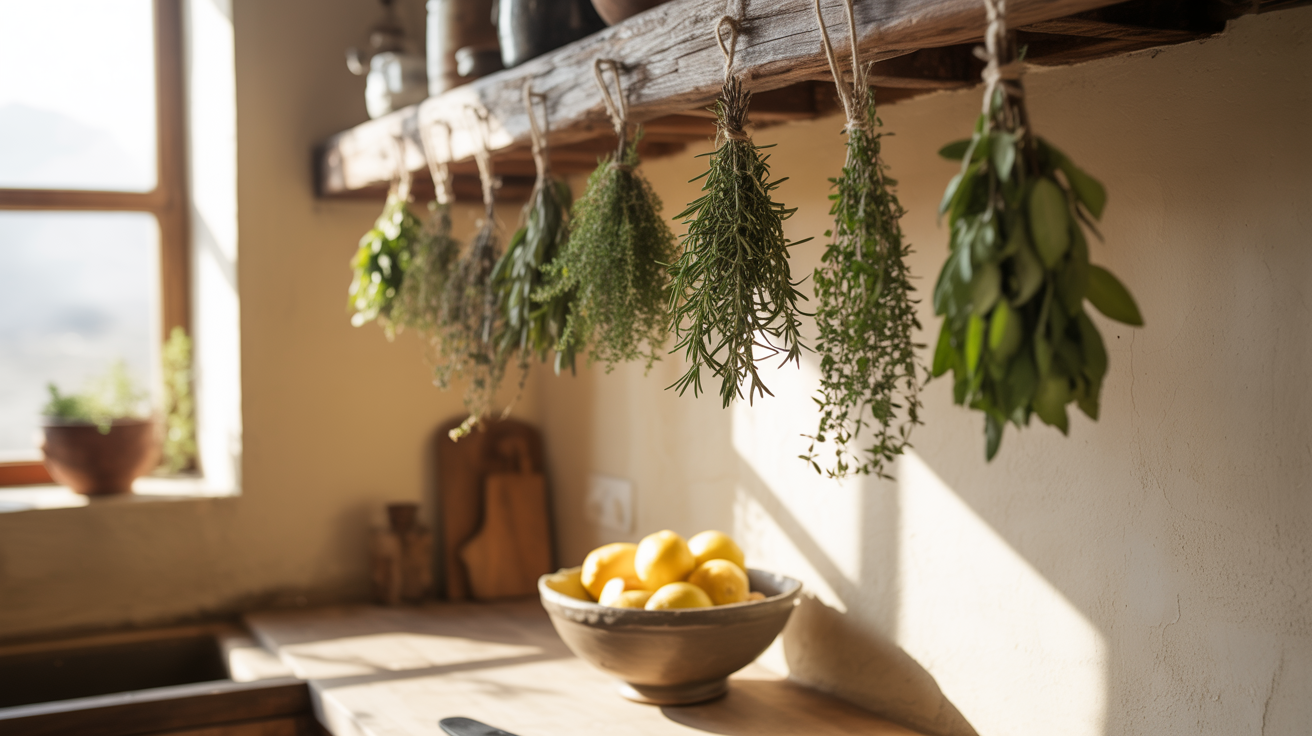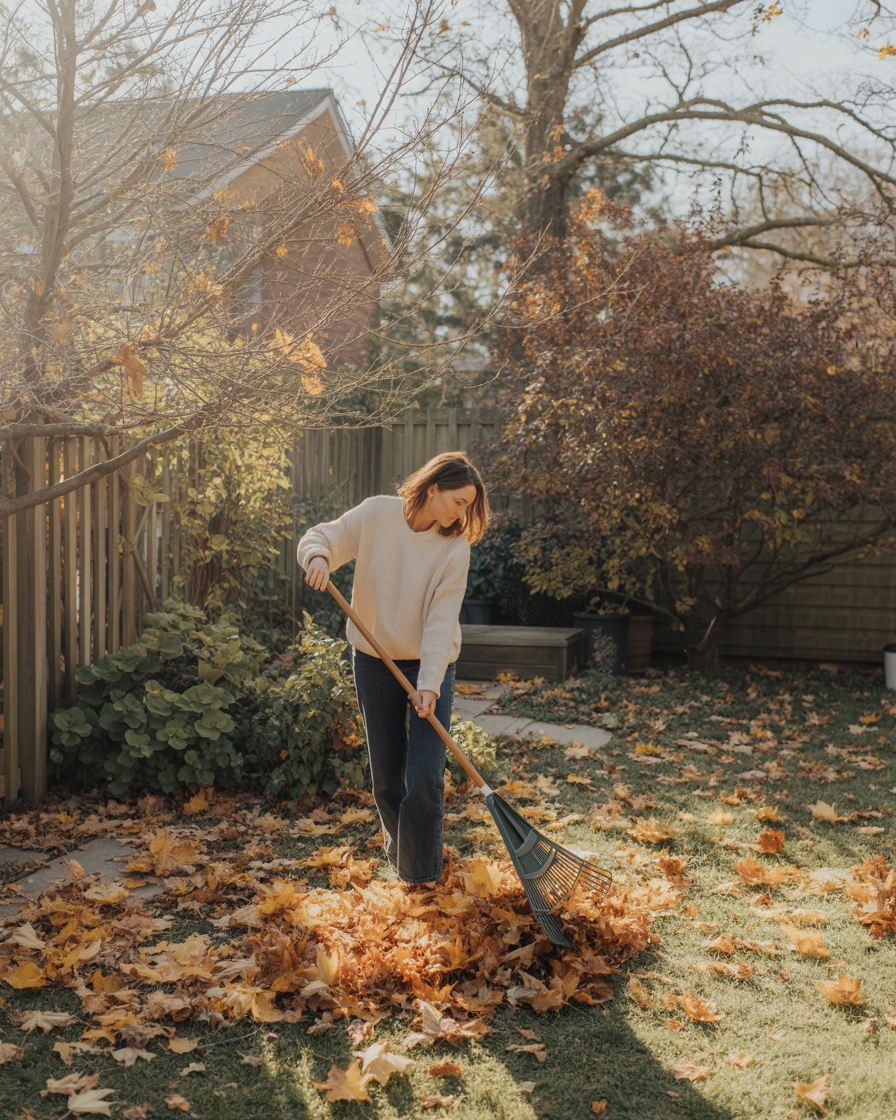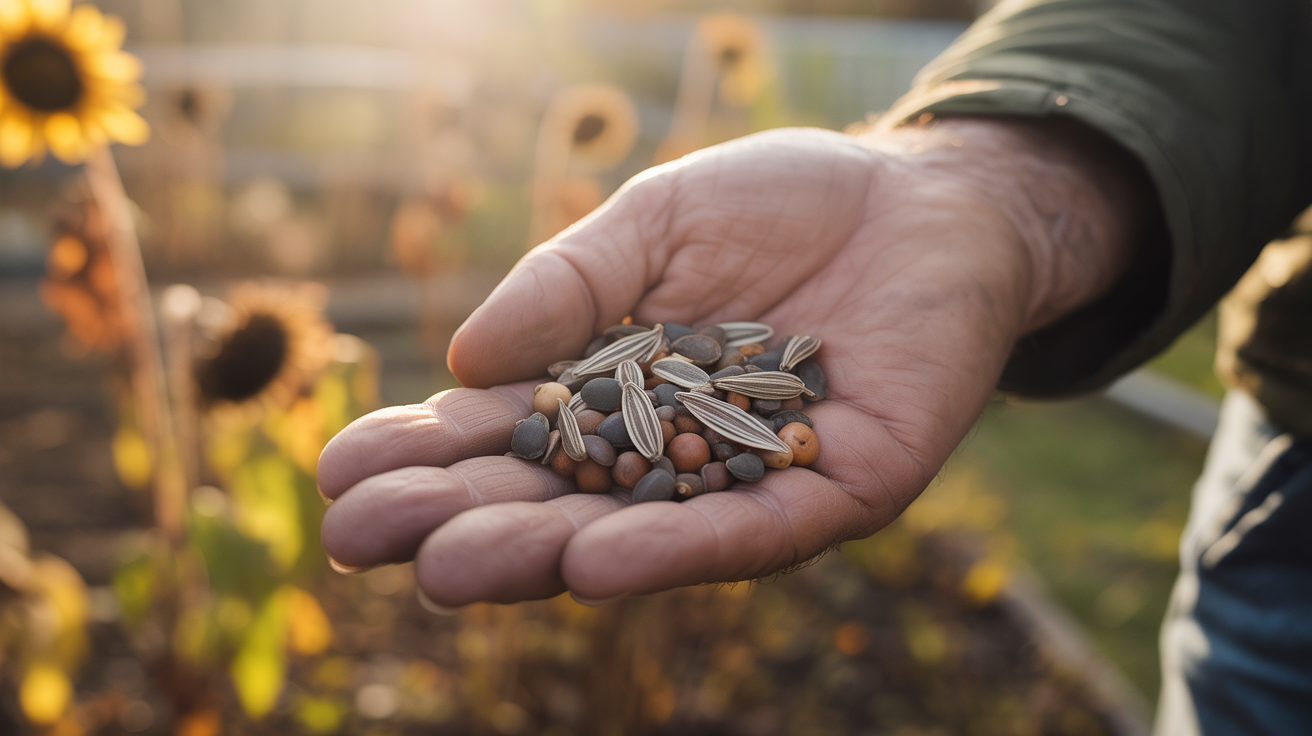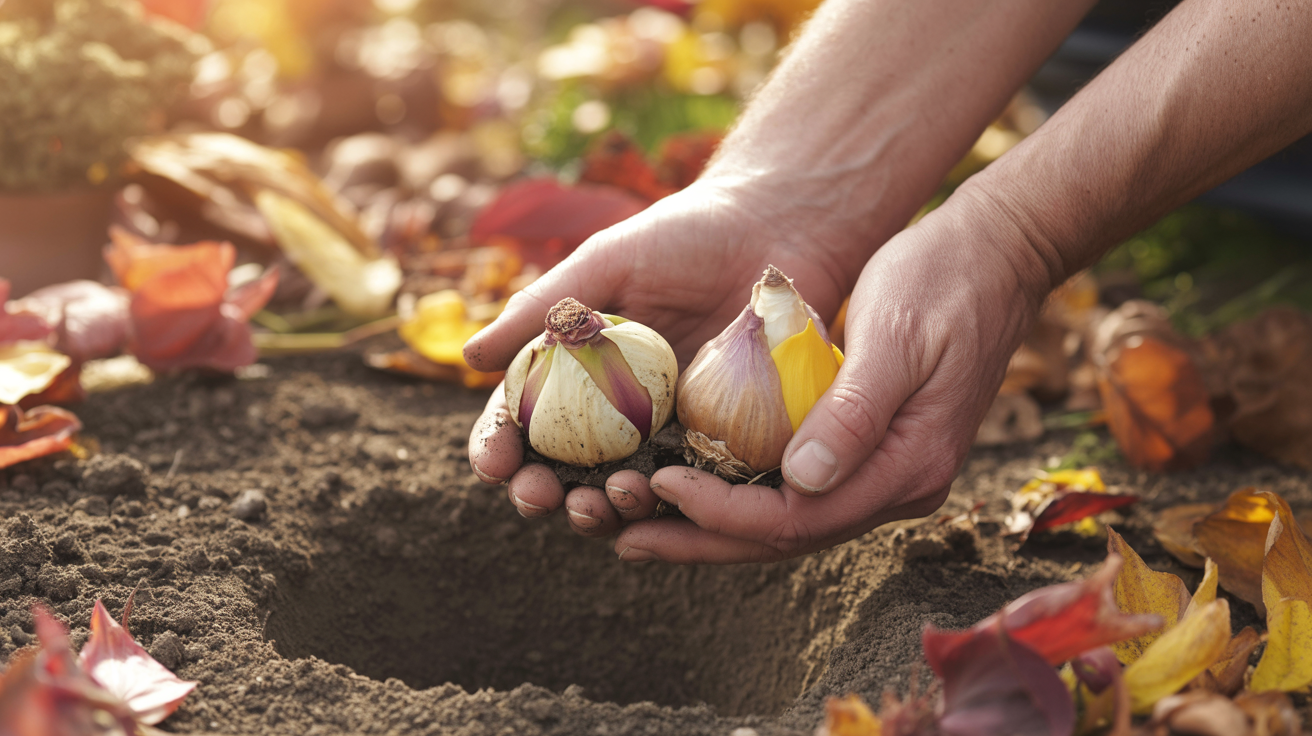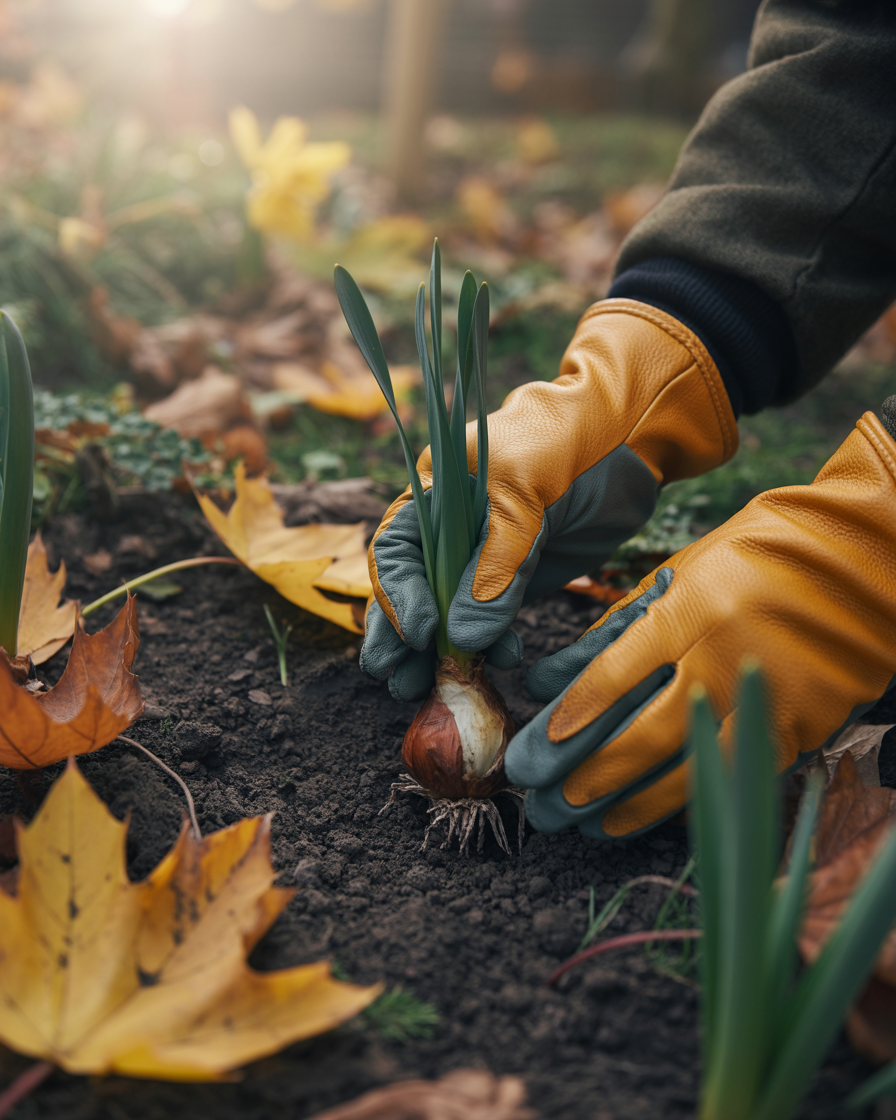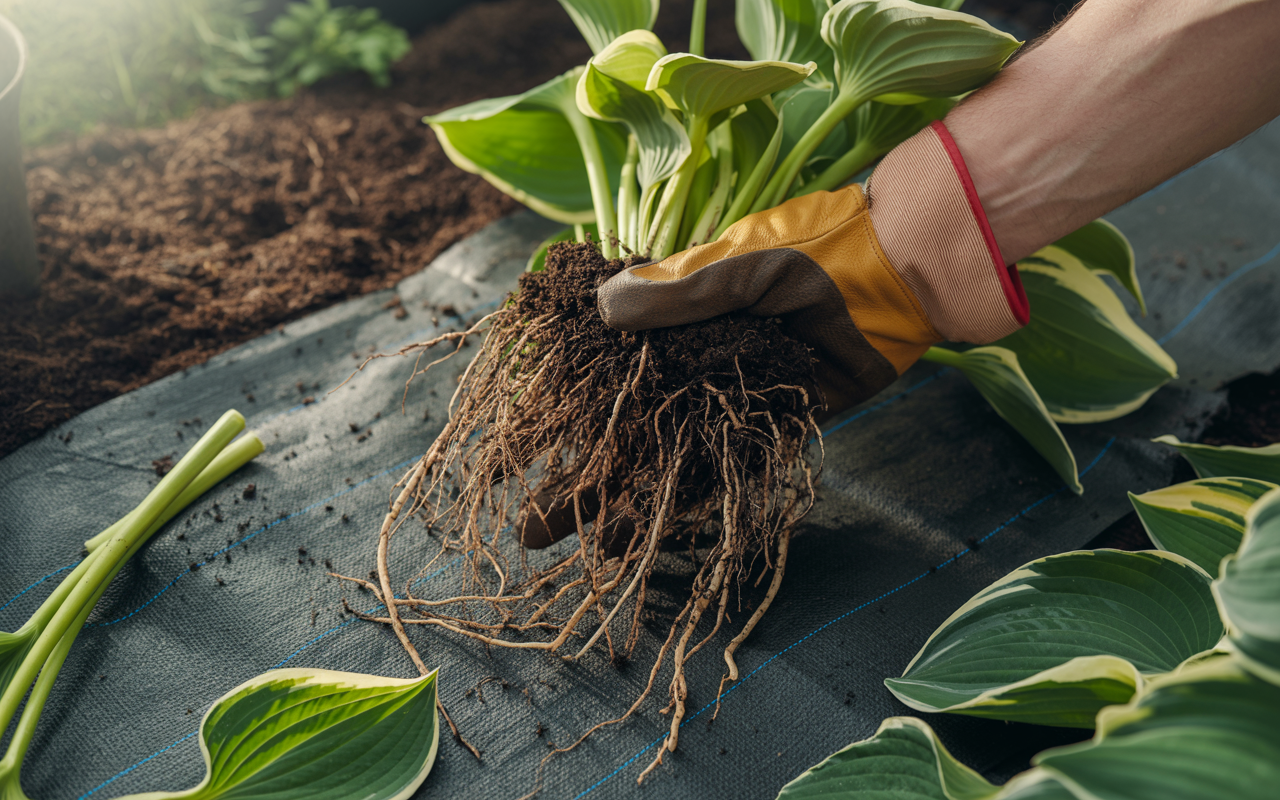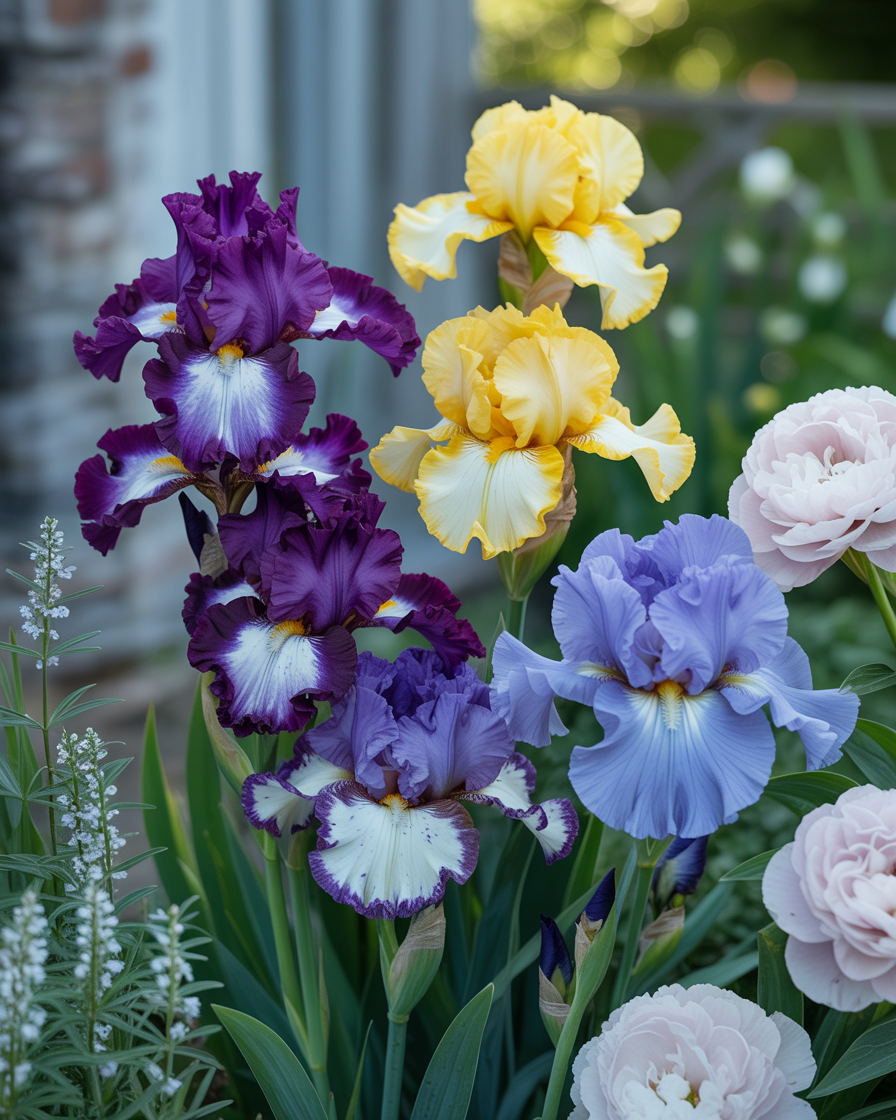🌬️ Drying Methods
1️⃣ Hang ‘Em High (Michelle’s Favorite)
Bundle herbs and hang them upside down in a dark, dry, well-ventilated closet.
Use twist ties or bread ties to secure bundles to a coat hanger for easy hanging.
Works best for low-moisture herbs like rosemary, thyme, sage, and oregano.
2️⃣ Lie Flat & Chill
For herbs with higher moisture (think basil, mint), lay them on a mesh rack or paper towels in a single layer.
Place in a dry, dark area until crumbly.
3️⃣ Use a Dehydrator
Great for delicate herbs like parsley or chives.
Set to 95–115°F to preserve flavor.
4️⃣ Oven or Microwave (Fast Track)
Oven: Set to the lowest temp (under 180°F). Bake with the door slightly open until crispy.
Microwave: Place herbs between two paper towels, microwave on low for 30-second bursts until dry.
These methods are quick but can cook off some delicate flavors.
❄️ Freezing Herbs
Some herbs like basil and chives keep their flavor better frozen. Chop and place in ice cube trays with a little water or olive oil for easy drop-in flavor later.

